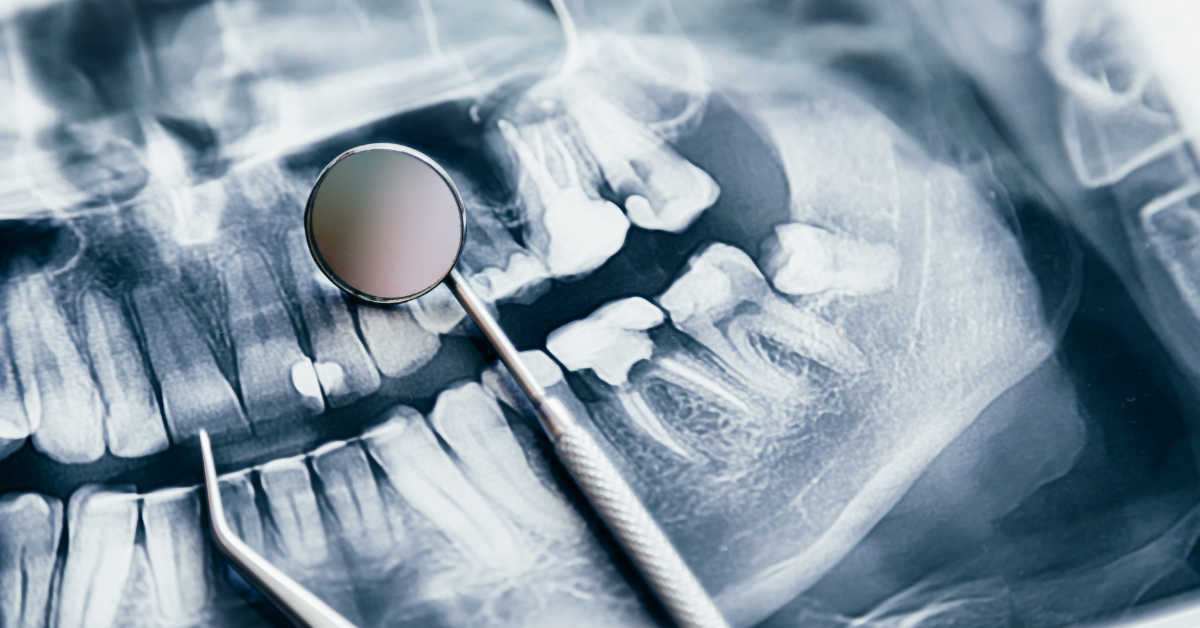Treatment of Jaw Fractures and Traumatic Injuries
Jaw fractures (mandible and maxilla) can occur as a result of traffic accidents, falls, sports injuries, or blows. Treatment is done to ensure functional and aesthetic integrity.
Types of Fractures
- Mandibular (Lower Jaw) Fractures: The most common type of fracture.
- Maxillary (Upper Jaw) Fractures: Seen in more serious traumas.
- Zygomatic Fractures: Cheekbone fractures.
- Orbital Fractures: Fractures affecting the eye socket.
- Alveolar Fractures: Occur in the bone area where the teeth are located.
Surgical Management
- Closed Reduction: Applied in mild fractures. Fracture fragments are manually aligned and fixed with wires, splints or elastic bands.
- Open Reduction and Internal Fixation (ORIF): Performed in more serious fractures. The fracture area is surgically opened and fixed with plate-screw systems.
- Bone Grafts: Bone grafts can be used to repair large defects.
- Stabilization of Teeth: In case of tooth displacement due to trauma, stabilization is done with wires and splints.
Recovery Process
Liquid diet is recommended for the first 1–2 weeks. Painkillers and antibiotics are used. Bone healing is completed within 6–8 weeks.
Complications
- Malocclusion (closure disorder)
- Nerve damage and loss of sensation
- Joint problems (temporomandibular dysfunction)

